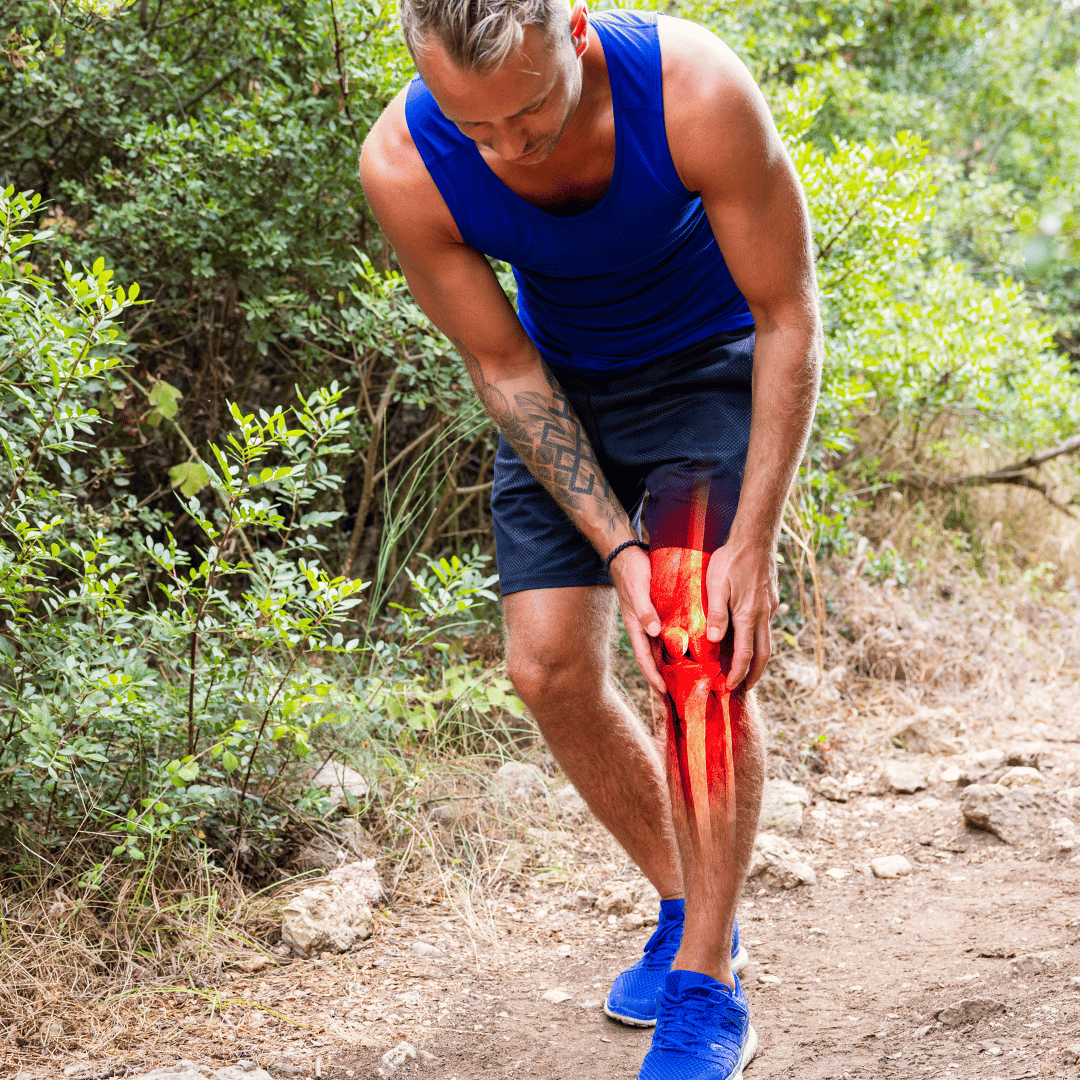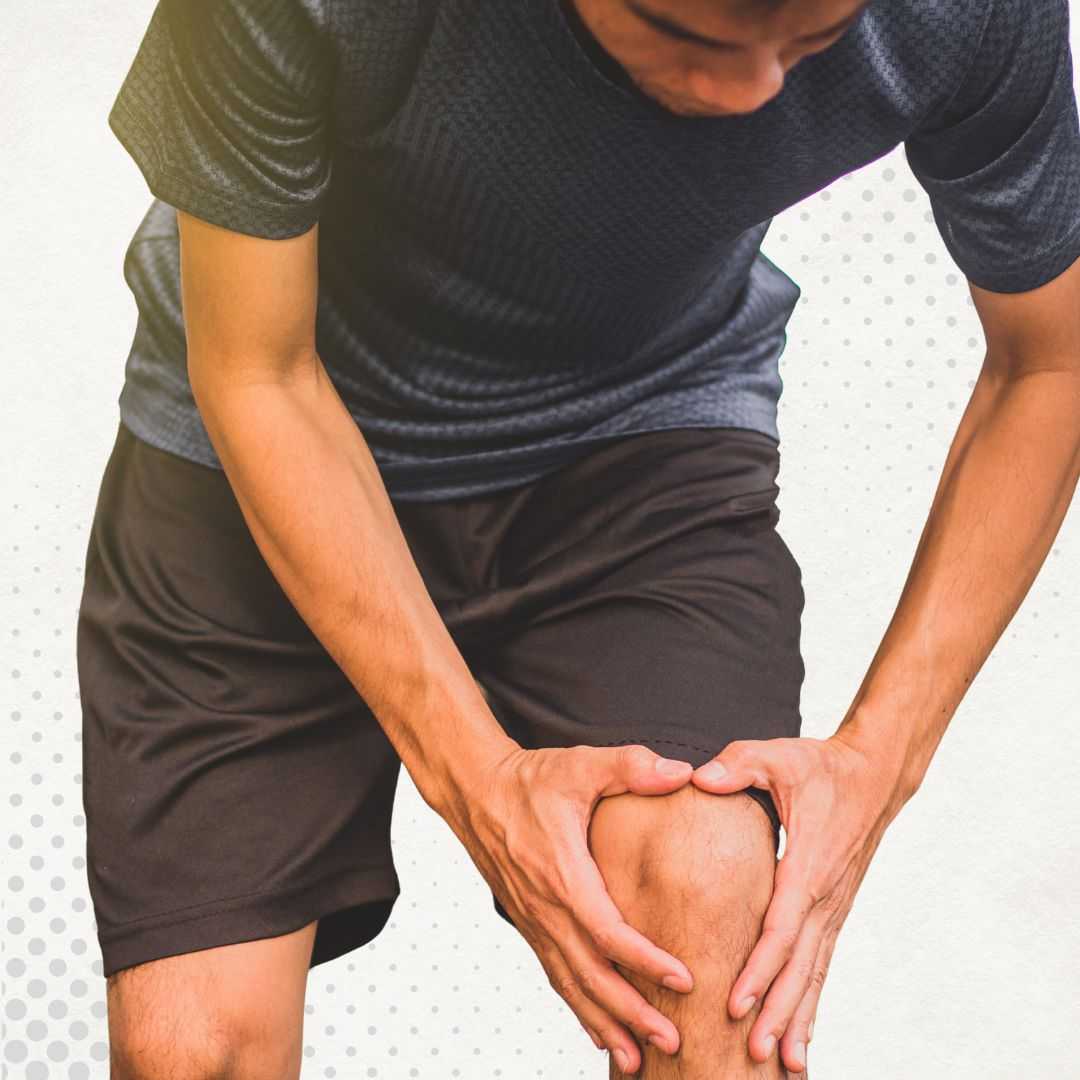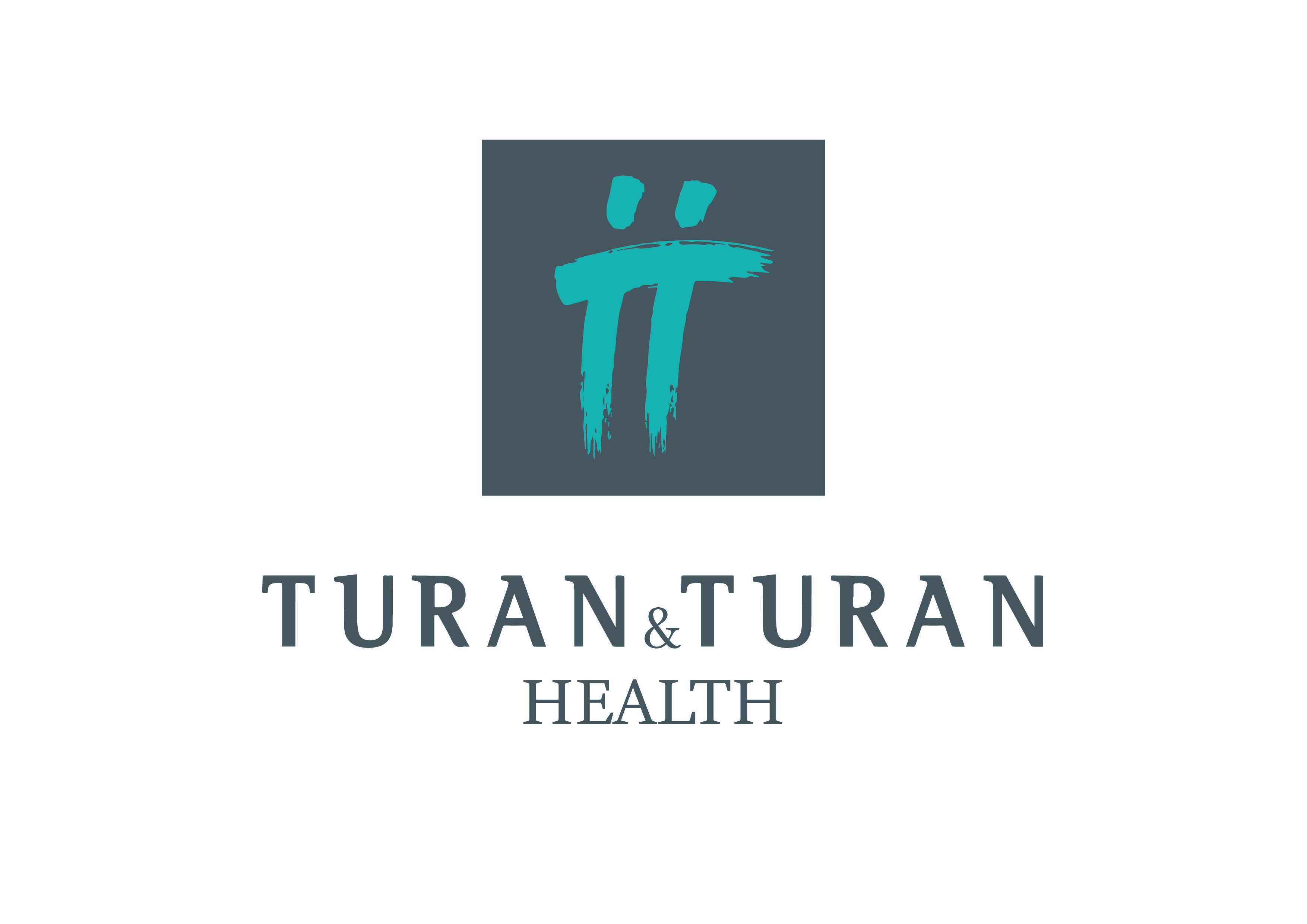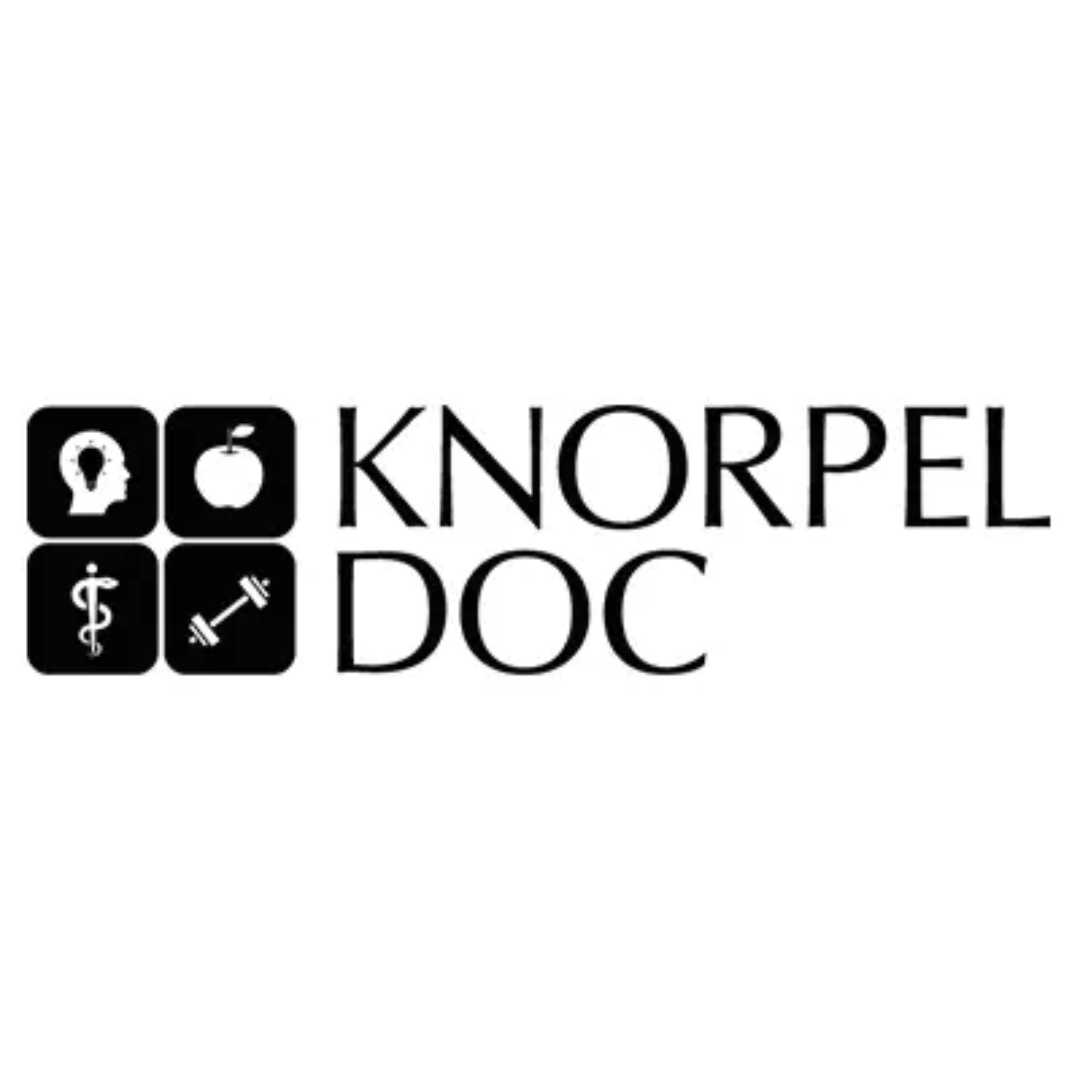Stem Cell Assisted Arthroscopic Surgery in Greece
Greece is widely known for its pristine beaches and ancient history, but it is rapidly becoming a European hub for bio-orthopedics—a field that combines surgical precision with biological healing. If you are facing a knee or shoulder surgery, you might be worried about the recovery time or the risk of the repair failing years down the line. This is where the combination of arthroscopic surgery and stem cell therapy changes the game.
Standard arthroscopy is great for mechanical fixes—trimming a torn meniscus or stitching a tendon. However, it doesn't change the biological environment of the joint. By adding stem cells to the procedure, Greek surgeons can transform a simple mechanical repair into a regenerative event. This "hybrid" approach helps tissues heal faster, stronger, and with less scar tissue.
In this guide, we will explore how this dual-treatment works, the specific conditions it treats (from ACL tears to hip labrum issues), and why Greece offers one of the best cost-to-quality ratios in Europe for this advanced orthopedic care.
What is "Bio-Enhanced" Arthroscopy?
Think of arthroscopic surgery as preparing the soil (cleaning up debris, stitching tears) and stem cells as the fertilizer. Without the fertilizer, the repair might hold, or it might not. With it, the biological potential for healing skyrockets.
In Greece, this is typically a single-stage procedure. While you are under anesthesia for the arthroscopy, the surgeon will harvest regenerative cells—often utilizing a system to concentrate Bone Marrow Aspirate (BMAC) or Adipose tissue. These cells are then applied directly to the surgical site before the incisions are closed.
Can stem cells help with Meniscus Repair?
Saving the meniscus is crucial for preventing arthritis. A standard "meniscectomy" (removal) leads to arthritis in 10-15 years. A "repair" is better but has a high failure rate due to lack of blood flow. Greek orthopedic specialists use stem cells to bridge this gap, offering a biological scaffold that encourages the white zone (avascular area) of the meniscus to knit back together.
How does it assist in ACL Reconstruction?
For athletes visiting Greece for sports surgery, time is everything. Biological augmentation of ACL surgery is designed to get the athlete back to sport faster and with a stronger graft. Studies suggest that stem cells can reduce the widening of bone tunnels (a common issue in ACL surgery) and improve the structural integrity of the new ligament.
Is it effective for Rotator Cuff repairs?
Shoulder surgery recovery is notoriously painful and long. The anti-inflammatory properties of stem cells help manage the acute post-surgical pain, often reducing the need for opioids. More importantly, the regenerative cells help revitalize the tendon tissue, making it more robust against future wear and tear.
What is the cost of Stem Cell Assisted Arthroscopy in Greece?
Greece offers a unique value proposition: EU-standard healthcare at Southern European prices. Here is a comparative look:
| Procedure (Surgery + Stem Cells) | Greece (Estimated Cost) | USA (Estimated Cost) | UK (Estimated Cost) |
|---|---|---|---|
| Meniscus Repair + Stem Cells | €7,500 - €9,500 | $15,000 - $25,000 | £10,000 - £14,000 |
| ACL Reconstruction + Stem Cells | €9,000 - €12,000 | $20,000 - $35,000 | £12,000 - £16,000 |
| Rotator Cuff Repair + Stem Cells | €8,000 - €11,000 | $18,000 - $30,000 | £11,000 - £15,000 |
Who performs these surgeries in Greece?
When choosing a surgeon in Greece, look for:
- Specialization: Are they a sports medicine specialist?
- Biologics Training: Do they have specific certification in handling BMAC (Bone Marrow Aspirate Concentrate) or Lipogems (Adipose tissue)?
- Hospital Accreditation: Ensure the surgery takes place in an ISO-accredited private hospital (like Hygeia, Metropolitan, or Interbalkan Medical Center).
Are there regulations for this in Greece?
This regulatory framework is actually a benefit for surgical patients. It means you receive your own fresh, live cells immediately during the operation, avoiding the risks of cell transport or genetic drift that can occur with cultured cells. It keeps the procedure safe, legal, and highly effective for structural repair.
Can it treat Hip Labral Tears and early Arthritis?
Hip preservation is a growing field. By addressing the mechanical impingement (FAI) surgically and the biological degradation with stem cells simultaneously, Greek surgeons offer a comprehensive solution that addresses the root causes of hip pain.
How does recovery differ from standard surgery?
Do not mistake "faster healing" for "instant fix." You still have to respect the surgery. However, patients who opt for stem cell augmentation often report significantly less post-operative pain in the first week and a more confident return to sports at the 6-month mark compared to those who chose surgery alone.
Is anesthesia required?
Why choose Greece for this combined procedure?
Many patients turn this medical trip into a "rehab-cation." After the surgery in Athens or Thessaloniki, you can recover in a seaside resort where the mild climate and swimming (once wounds heal) aid in rehabilitation. The combination of advanced bio-surgery and a relaxing recovery environment is unique to the Greek medical tourism experience.
Ready to upgrade your surgery?
If you need orthopedic surgery and want to maximize your chances of a full recovery, consider Bio-Enhanced Arthroscopy in Greece. PlacidWay Medical Tourism can help you compare clinics, find specialized surgeons, and get a free quote for your treatment package.

.png)

.png)




.jpg)









Share this listing